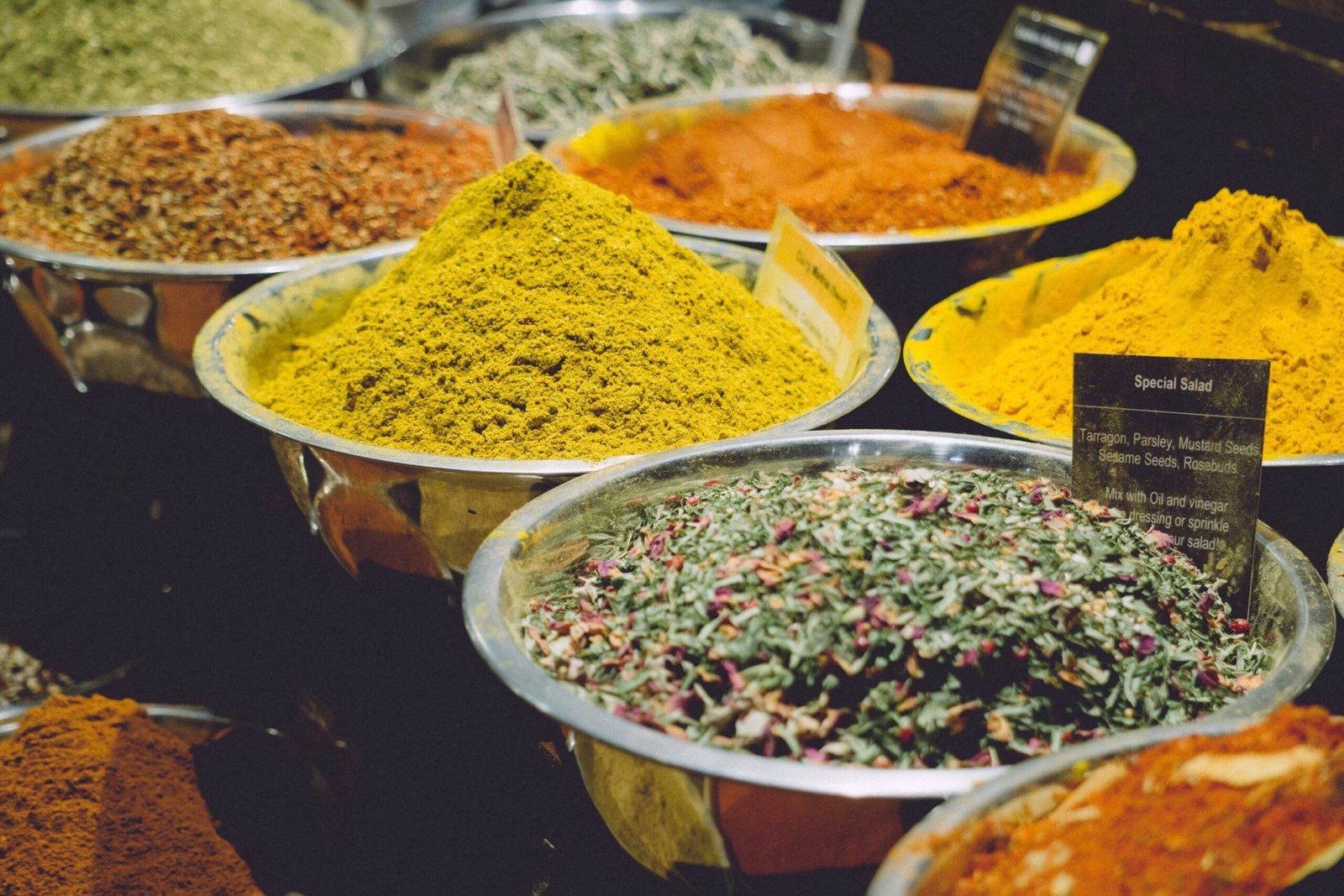Ever felt like you’re doing everything right—eating clean, exercising regularly—but still can’t seem to lose weight? Trust me, I get it. For years, I slogged through fad diets and workout plans only to feel sluggish, bloated, and frustrated. Sound familiar? If this is your reality, the problem might not be *you*. It could be your body type.
In Ayurveda, understanding your dosha (your unique mind-body constitution) can make all the difference when it comes to weight loss. For those with a dominant Kapha dosha, following a Kapha diet can be a total game-changer. In this post, we’ll dive into what Kapha is, explore the foods that balance (or imbalance) this dosha, and share actionable advice for sustainable weight loss using Ayurvedic principles.
Table of Contents
- Key Takeaways
- The Problem with Ignoring Your Dosha
- Step-by-Step Guide to Embracing a Kapha Diet
- Best Practices for Weight Loss on a Kapha Diet
- Real-Life Examples: How Others Crushed Kapha Imbalance
- FAQs on the Kapha Diet and Ayurvedic Weight Loss
Key Takeaways
- Ayurveda identifies three doshas—Vata, Pitta, and Kapha—and your dominant dosha influences your weight gain tendencies.
- The Kapha diet focuses on light, warm, and spicy foods while avoiding heavy, oily, or sweet options.
- Regular movement, mindfulness, and meal timing are just as important as food choices when balancing Kapha.
- Sustained success requires consistency, not perfection—a bit of flexibility goes a long way!
The Problem with Ignoring Your Dosha
Picture this: You wake up groggy, your stomach feels heavy after meals, and no matter how hard you try to move more, lethargy wins every time. Chances are, if these symptoms sound relatable, your Kapha dosha might be out of whack.
Here’s why: Kapha governs earth and water elements in the body, meaning individuals with high Kapha tend toward stability and structure—but also stagnation. Think water pooling versus flowing. When left unchecked, excessive Kapha leads to weight retention, sluggish metabolism, and even emotional heaviness.
“Optimist You: ‘I’ll crush my goals by eating less and moving more!’
Grumpy You: ‘Ugh, fine—but only if coffee’s involved.'”
The good news? A well-tailored Kapha diet flips the script. By choosing foods that counteract Kapha’s natural qualities—light instead of heavy, dry instead of oily—you can kickstart your metabolism, reduce bloat, and regain energy levels.

Step-by-Step Guide to Embracing a Kapha Diet
Transitioning to a Kapha-friendly diet doesn’t have to feel overwhelming. Follow these steps to ease into it:
Step 1: Identify Problematic Foods
Kapha types should avoid overly dense or sugary foods. Steer clear of fried snacks, dairy-heavy dishes, and processed carbs like white bread or pastries. Even too much fruit—especially bananas and grapes—can spike sweetness and dampen digestion.
Step 2: Stock Up on Kapha-Balancing Staples
Fill your pantry with spices like ginger, turmeric, cayenne, and black pepper. These add heat and promote circulation—a must for breaking down Kapha excess. Incorporate plenty of leafy greens, lentils, quinoa, and bitter veggies such as broccoli and kale.
Step 3: Master Meal Timing
Eat lighter meals earlier in the day and avoid late-night snacking. Why? Your digestive fire slows at night, leaving uneaten calories to sit like cement in your system.
Best Practices for Weight Loss on a Kapha Diet
If you want to truly harness the power of the Kapha diet, consider these tried-and-tested tips:
- Morning Detox Ritual: Drink warm lemon water upon waking to stimulate digestion.
- Spice It Up: Cook with warming herbs like cinnamon and mustard seeds.
- Move Often: Gentle yoga poses like Sun Salutations are perfect for Kapha bodies.
Note: Terrible tip alert! Some sources recommend skipping breakfast altogether. Bad idea. This backfires by lowering energy and worsening cravings later in the day. Always eat something nourishing first thing.
Real-Life Examples: How Others Crushed Kapha Imbalance
I once coached Sarah, who struggled with chronic fatigue despite strictly counting calories and hitting the gym five times a week. After switching to a Kapha diet rich in herbs and vegetables, she dropped two dress sizes within six months—all while feeling happier and healthier. Her secret? Consistency without extremism.
FAQs on the Kapha Diet and Ayurvedic Weight Loss
Q: Can I still eat dessert on a Kapha diet?
A: Yes, but moderation is key. Opt for dark chocolate or homemade treats made with honey instead of refined sugar.
Q: Is a Kapha diet suitable for everyone?
A: Not necessarily. Ayurveda emphasizes individuality, so work with an expert to determine whether this approach suits your unique needs.
Conclusion
The Kapha diet isn’t just another trendy weight-loss plan; it’s rooted in ancient wisdom designed to bring harmony to your body and life. By adopting simple lifestyle tweaks—like spicing up your plate and staying active—you can shed excess pounds, boost vitality, and embrace a lighter version of yourself.
So next time you find yourself stuck in a rut, remember: Like adjusting the volume on an old radio dial, sometimes small shifts create the biggest changes. Now go ahead and spice things up! 🌶️
Bonus Haiku:
Warm tea steams slowly,
Kapha melts under sunshine,
New life awaits you.


